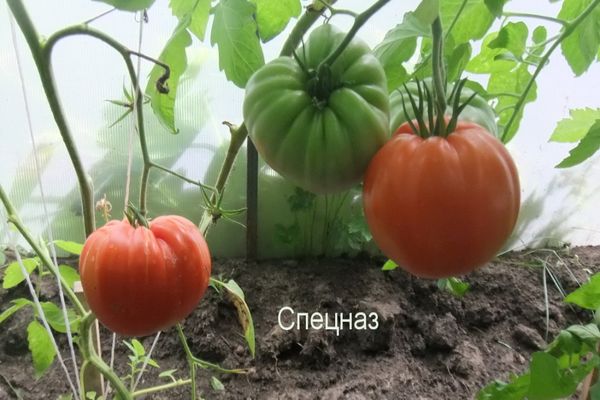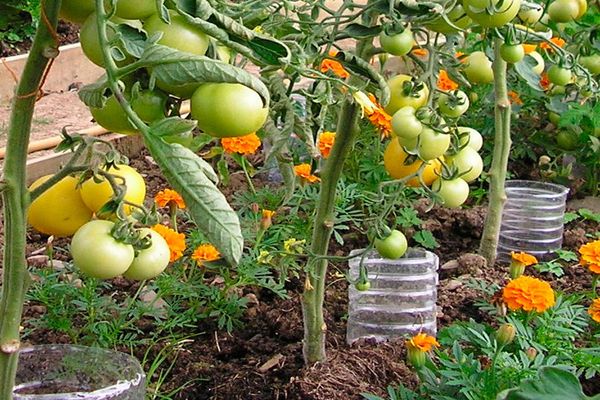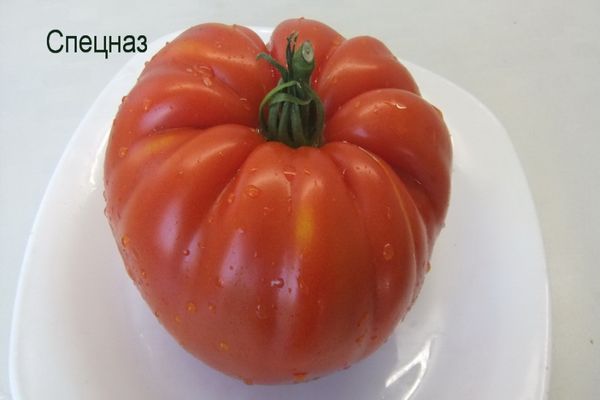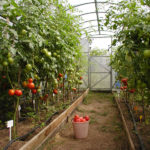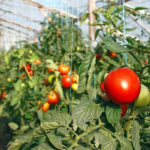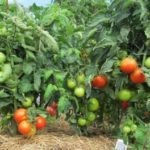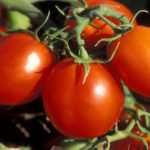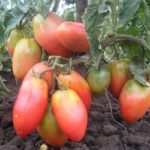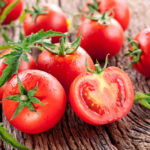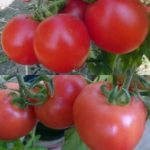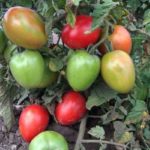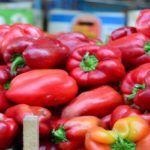The Spetsnaz tomato received its sonorous name because it is the result of targeted selection. Old large-fruited varieties are not always productive, especially in harsh Siberian conditions. The new “special purpose” tomato combines record fruit weight and excellent yield. It can be successfully grown not only in Siberia, but also in other regions of the Russian Federation (North-West, Moscow region, Volga region, Urals, Far East).
Siberian novelty
The Spetsnaz tomatoes were created by the famous Novosibirsk tomato scientist Vladimir Nikolaevich Dederko. These vegetables underwent mandatory testing in open ground and greenhouses of farms near Novosibirsk and Altai.Then they were grown in other areas of the country. The research lasted several years.
Excellent test results made it possible to issue a state patent for the Spetsnaz variety in 2016. It was officially recognized as an outstanding achievement of Russian selection. In 2017, this new product was recorded in the Seed Register. The tomato is recommended for all regions of Russia where it is possible to grow tomatoes.
Breeder V.N. Dederko exercises author's control over seed production. The only official seller of Spetsnaz tomatoes is the Novosibirsk agricultural company Siberian Garden. Spetsnaz is not a hybrid, so every gardener can get his own varietal seeds from it. They are taken from typical second-brush tomatoes taken from the most productive bushes.
Fruits of the giant variety
The main advantage of Spetsnaz is its huge meaty tomatoes. Powerful bushes are abundantly loaded with harvest. A detailed description of the variety reveals its other advantages.
The weight of tomatoes varies widely. In July, truly gigantic fruits grow on the first clusters - each from half a kilogram to a kilogram. To achieve a record weight, 1–2 ovaries are left in the lower hands. Altai vegetable grower Lyubov Petrovna Dronova grew a Spetsnaz tomato weighing 1,200 grams on her mini-farm.
In August, Spetsnaz produces a second wave of harvest. During this period, the average weight of the fetus is 220 – 230 grams. Other features of the variety:
- The clusters are simple, not branched, bearing 3–5 fruits.
- The shape of tomatoes is classic round, flattened at the top and bottom. The ribbing is weakly expressed.
- The color of the fruit is crimson-red.
- The skin is smooth, strong, and does not crack.
- The taste characteristics are excellent. There is an excellent balance of sugars and organic acids.The pulp is quite dense, but not rough. There are few seeds in the fruits.
- The purpose is primarily salad. However, ripe tomatoes are not very shelf-stable, so they are processed into juices, ketchups, lecho and other preparations.
Two waves of fruiting are a special breeding achievement embodied in the modern Spetsnaz variety.
Bush type
The author of the variety, V.N. Dederko, notes that Spetsnaz works better not in greenhouse conditions, but in street beds. The tomato turned out to be unpretentious and strong, like a special forces soldier.
The height of indeterminate plants in open ground is one and a half meters. The garter requires the installation of strong stakes or trellises. The leaf apparatus is of moderate length and density. Stepchildren grow actively and require regular removal.
If the Spetsnaz variety is nevertheless placed in a greenhouse, it is necessary to organize good through ventilation and protection from infections. Don't let it get too hot, otherwise the tomatoes won't set.
Harvesting
A large-fruited variety cannot be early, but Spetsnaz is not considered late either. The ripening period of tomatoes is average. The first wave of fruit grows quite quickly. They must be removed in early August to ensure the development of the second wave of ovaries. The yield per square meter is 5–10 kg, depending on agricultural technology.
Productivity is stable over the years and depends little on the vagaries of bad weather. The variety is resistant to cold weather, but not too resistant to fungal diseases. Needs protection from Alternaria blight, cladosporiosis and late blight.
Experience of amateur gardeners
Reviews from vegetable growers about the new Spetsnaz variety are still few. Massive testing is still ahead. Those who planted this tomato in the 2017 season are mostly Siberians.Vegetable growers note the excellent taste of tomatoes, despite the rainy summer.
Savchenko Roman Antonovich (Omsk region): “In the summer of 2017, we planted several new products from the Siberian Garden. I liked the Spetsnaz tomatoes the most. The package said that you can get a double harvest. And so it happened. At the very beginning of August we removed all the large fruits, and by September many more tomatoes had grown, only smaller in size. Not all of them ripened on the vine, but then they turned red well.”
Anna Kupriyanova (Altai Territory): “Our family loves large tomatoes, so I planted several varieties that promised a record weight. The first brushes grew the largest in the Spetsnaz. He only had two tomatoes per kilogram. We ate salads in bowls. “All this grew without a greenhouse; we just fed the bushes generously—both manure and mineral fertilizers.”
Features of agricultural technology
The Spetsnaz tomato variety is not for lazy gardeners. It is necessary to work hard to get the “double” harvest promised by breeders:
- The age of seedlings when planted in a permanent place should be 2 months.
- There are 3 plants per square meter of beds. You can't thicken it.
- Bushes and fruit clusters are tied to strong supports.
- Spetsnaz tomatoes lead to one stem, removing all the stepsons early.
- Towards the end of the season, the top is pinched off.
- The variety needs preventive treatments against diseases.
- Regular watering is required.
- Fertilizing is carried out every week, alternating organic and mineral fertilizers. The variety needs increased doses of potassium, magnesium and boron. On acidic soils, fruiting is weak.
Tomatoes of Siberian selection are loved by gardeners throughout the country. The new Spetsnaz tomato, according to its characteristics, promises to become one of the best large-fruited varieties.It requires special attention, which pays off with an excellent harvest.

